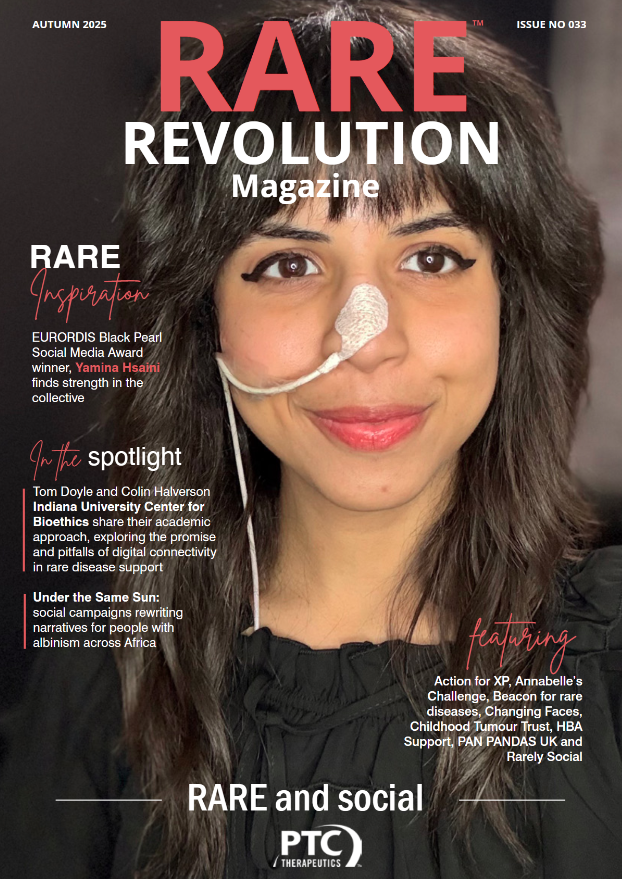Navigating life with APDS2 and other rare diseases: Tasmin’s story
Written by Tasmin Jenkins
Tasmin Jenkins is 30 years old and lives in Southwest England, in the UK. Tasmin lives with various rare conditions—APDS2 (activated phosphoinositide 3-kinase δ syndrome), postural orthostatic tachycardia syndrome, mast cell activation syndrome, oral allergy syndrome, histamine intolerance, aquaporin-4 antibody and MCADD (medium-chain acyl-CoA dehydrogenase deficiency). This is her story of navigating life with multiple rare conditions
Early on in childhood I knew that I was growing at a slower rate than most of my peers. I went to primary school in age two-three years custom-made uniform when I was four years old. Having an older sibling helped me with resilience, ensuring I achieved my developmental milestones, with encouragement from my parents.
There were unanswered questions when I was growing up, for which I had assistance from paediatric care, looking into my dietary intake due to the fact I wasn’t growing or retaining weight at a normal rate for my age. But at that point there wasn’t any formal diagnosis. I was a very fussy eater but looking back now, I feel it’s because of the symptoms I was experiencing when eating the foods, which I couldn’t express as a child. The health advisor who was taking care of me said as long as I’m eating then not to worry about my growth rate at that time.
I have hyperflexible joints, which impacted me a lot during my childhood as I would partially dislocate my joints, causing considerable pain and difficulty with being actively involved in sports in which I thrived. In other lower resistance activities, such as swimming, however, I was never hospitalised with any dislocations and I was always managed with the first aid at the environments I was in.
I had a speech delay and I received support for this from a speech & language therapist due to the reoccurrence of ear infections. I had an operation at two years old to insert grommets in both ears to help Eustachian tube dysfunction (ETD) and reoccurrence of continual ear infections which I’d have biweekly. I also had gastrointestinal symptoms such as chronic diarrhoea which on one occasion, resulted in hospitalisation due to dehydration with gastroenteritis.
I then went on to be diagnosed with chest infections where my bronchi tubes were impacted, which induced asthma and mild COPD (chronic obstructive pulmonary disease). I started developing worsening allergies with symptoms such as eczema, hives, non-contagious type conjunctivitis, blepharitis and sensitivity to foods and environmental factors. (During my childhood tomatoes and strawberries were the most problematic foods for me, along with grass and tree pollen, which I was told was oral allergy syndrome, and histamine intolerance). I developed postnasal drip and sinus infections too. I also had reoccurrence of gum and mouth ulcers which needed a lot of treatment which doctors believe was provoked by allergens.
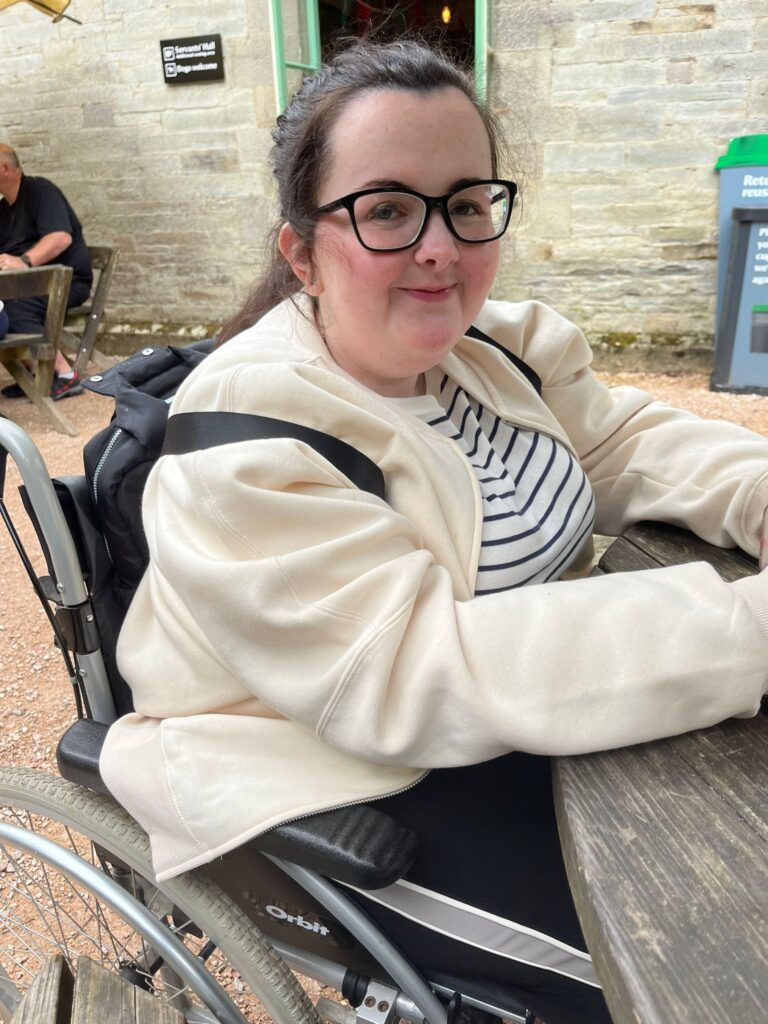
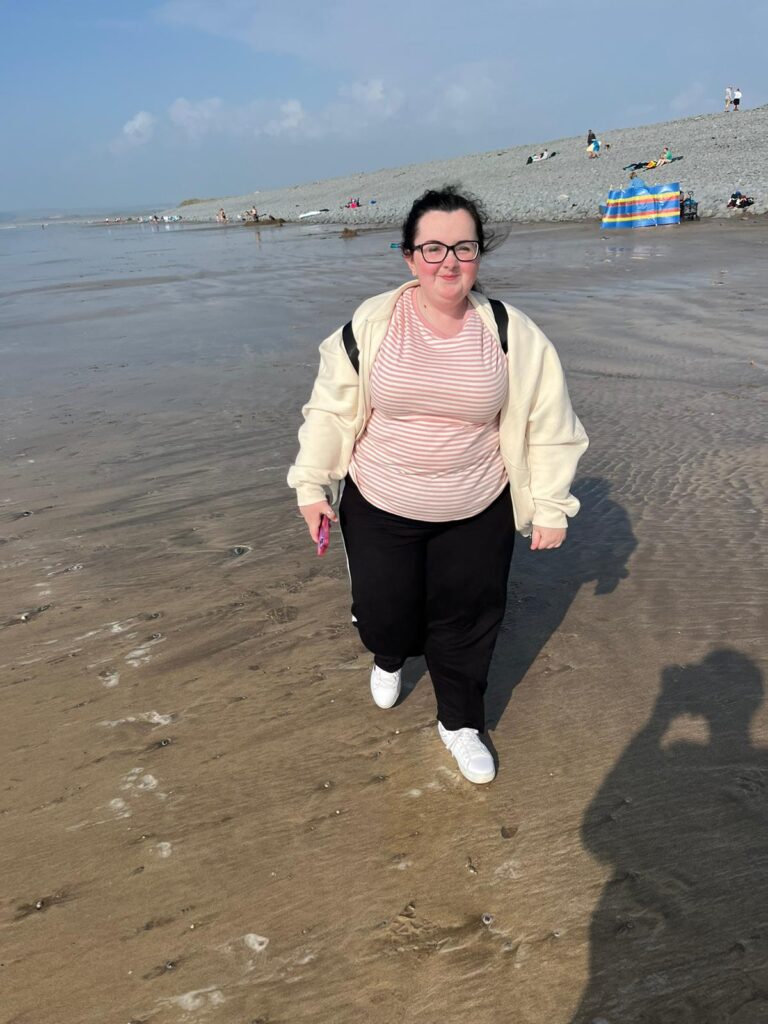
Another onset issue I was experiencing was bladder issues—I had issues throughout my childhood retaining a full bladder and eventually started to develop urinary tract infections. When I started my menstrual cycle at 14 years old this is when I found my symptoms to transition and become worse. I developed very debilitating pain, heavy menses and irregularity which developed into anaemia. Due to the persistent anaemia, I was then referred to an immunologist at age 16 to be investigated for coeliac disease. The coeliac disease antibodies came back negative; however they diagnosed me with a primary immunodeficiency and I was placed on a trial of prophylactic antibiotics to help with the reoccurrence of infections.
During this time, at 16 years old, I also had to go for an operation for a removal of a cholesteatoma from my left ear, for which I’m still receiving care from my ENT surgeon with regular reviews. Unfortunately, the trial of prophylactic antibiotics didn’t have much success as I then found myself developing throat infections, chest infections and unexplained digestive issues which was described as colitis—but with no inflammatory bowel markers present and hospitalisation with cellulitis in my face before my 18th birthday.
After the onset of cellulitis in my face, I then started to display symptoms of an increased heart rate especially upon sitting, standing and walking, in which I felt heart palpitations, fatigue and dizziness. I also experience pre-syncope (the sensation of feeling like you are about to faint, but without actually losing consciousness), and difficulty regulating my temperature. I do experience many more symptoms but the most profound thing I noticed was struggling more with my mobility. During a pre-assessment consultation for another scheduled ear operation, after a short walk to the consultation room and after being sat in the waiting room, it was noted that my heart rate was above normal range. I was referred to a cardiologist and diagnosed with postural orthostatic tachycardia syndrome (PoTS). I’m still currently with specialised autonomic neurologists as my PoTS is more resistant to treatments due to my fluctuating blood pressure rather than the predominant low blood pressure most patients present with.
I then developed strep A throat infection, and I started to struggle with tolerating many foods. I had issues swallowing and experienced oesophageal spasms, acid reflux and breathing difficulties. I started to develop angioedema and idiopathic urticaria and was diagnosed with mast cell activation syndrome, and a reconfirming diagnosis of oral allergy syndrome and histamine intolerance. I’m now taking a medicine protocol which supports me with these symptoms. I was told my hyperflexible/hypermobile joints is a manifestation of APDS2. This is where the connecting of dots happened as I started to develop TMJ (temporomandibular joint) and jaw manifestations, presenting with a smaller jaw and impacted wisdom teeth which affected my bite and the stability of my jaw & neck. I have undergone physiotherapy and alternative treatments to support this.
I was diagnosed with APDS2 through a genetic panel and received my diagnosis later in my life. Although my health has taken on a lot of challenges, I’ve found receiving the diagnosis of APDS2 has helped me come to an understanding and receive clarity on how these manifestations have presented. I am the de novo variant which means I didn’t genetically inherit the condition. I’m currently receiving ongoing treatment and care from my immunologist and I’m on an immunoglobulin replacement infusion. I will be exploring other measures to help manage my condition such as potential stem cell/bone marrow transplant too.
Hope for the future
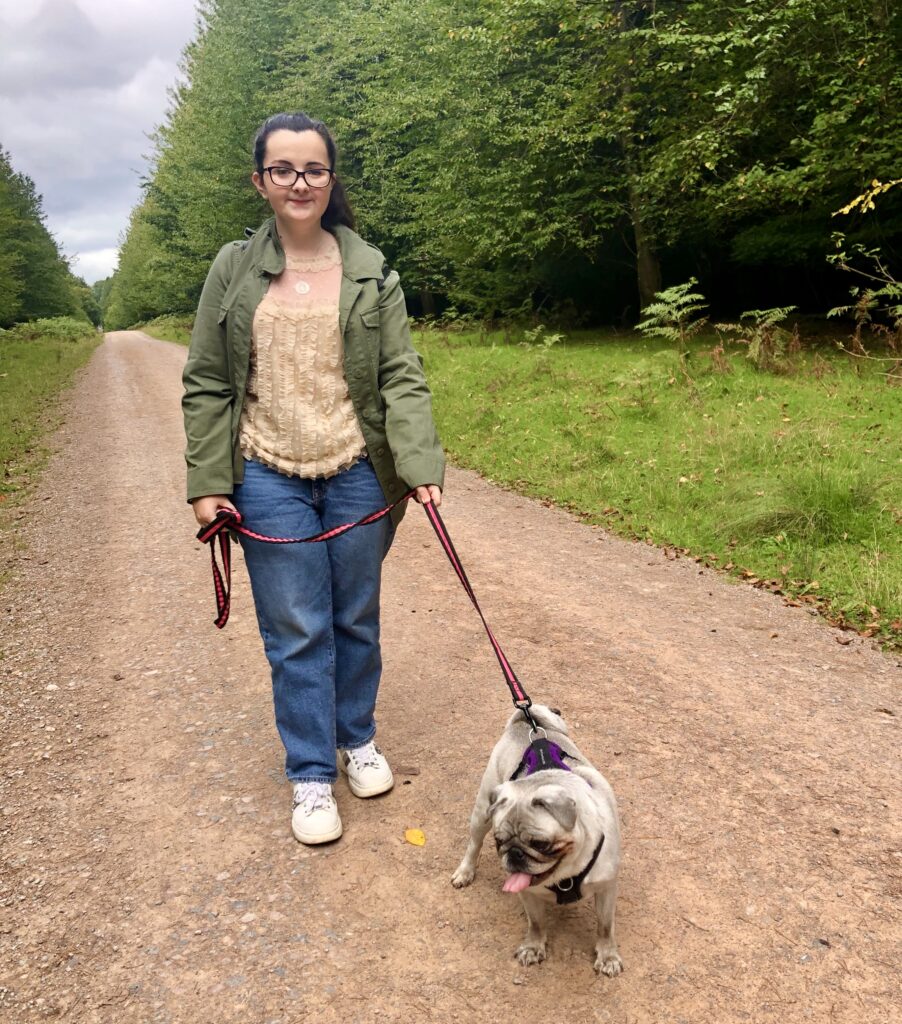
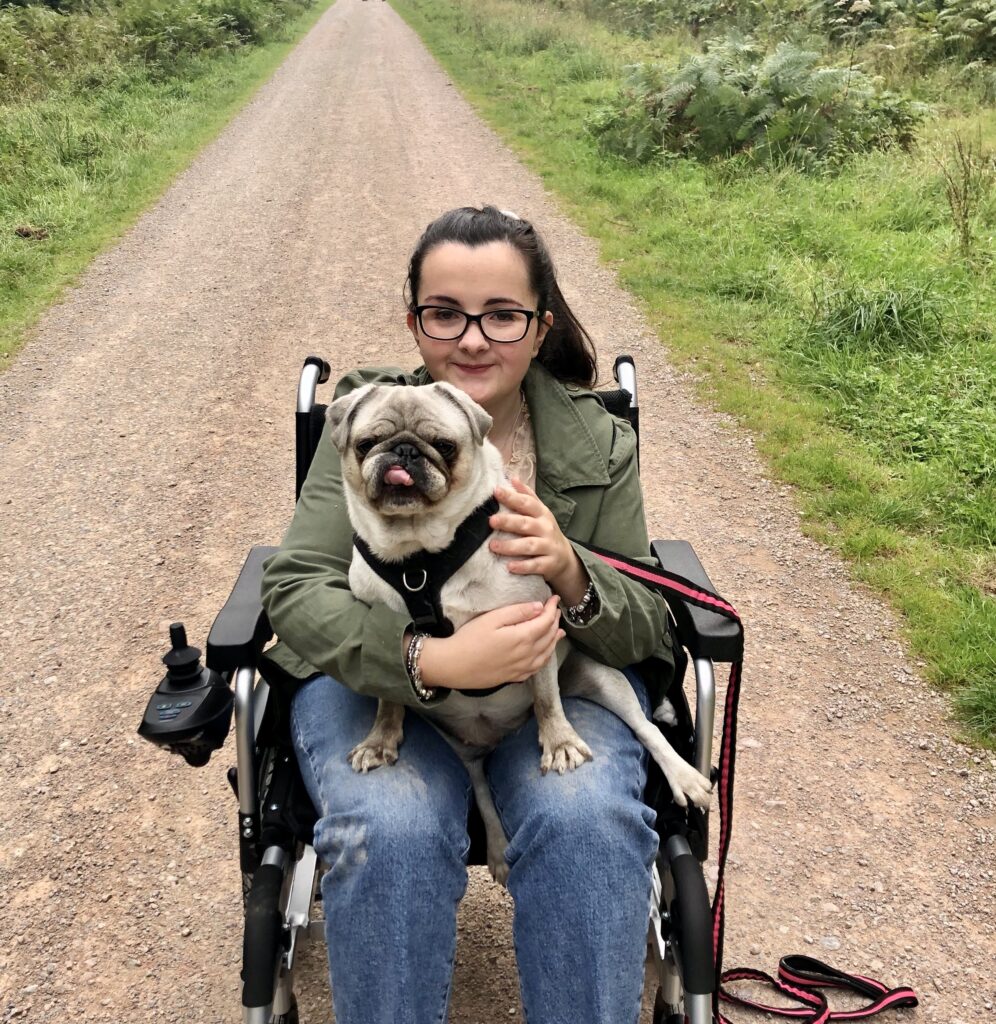
Following expert advice, I am an ambulatory wheelchair user, my circumstances are variable due to day to day symptom management which informs me whether or not I decide to use the wheelchair.
My primary focus for writing this article was to share awareness towards rare diseases. I hope that in the future improvements can be made to manage these rare conditions with greater understanding towards how these conditions present and how they can be impactful on one’s life. Despite my challenges, such as facing unemployment due to my health, I have various interests such as creative hobbies and go out in nature with my dog whether that’s adapted walks or with mobility aids. I try to keep my body as conditioned as possible too, following a physiotherapist recommended exercise protocol for PoTs, and ensure my strength is the focus to help me as I age.
I hope that my story inspires others to see that despite being diagnosed with rare conditions we can still lead very fulfilling lives. By using our voices to connect with others and promote advocacy we can hopefully open doors to enable more opportunities for all of us, to receive more targeted healthcare, to promote vital research and to help others along the way. I no longer see my body for what I felt was ‘failures’ but strengths because of the APDS2 diagnosis.
I will say that APDS2 has, and does, present challenges but I choose to live with gratitude as this changed my outlook. I’ve personally found by taking this approach it’s welcomed more positive connections in my personal life but also more collaborative and empathetic healthcare professionals who I feel have been an asset to my care and who I couldn’t be more grateful for.
